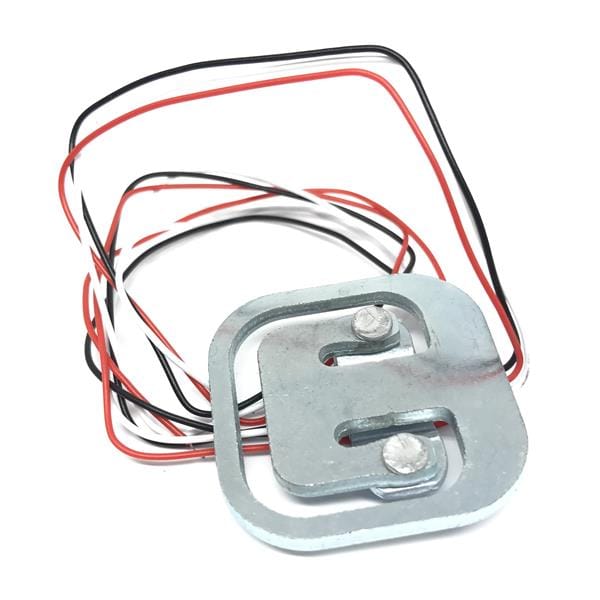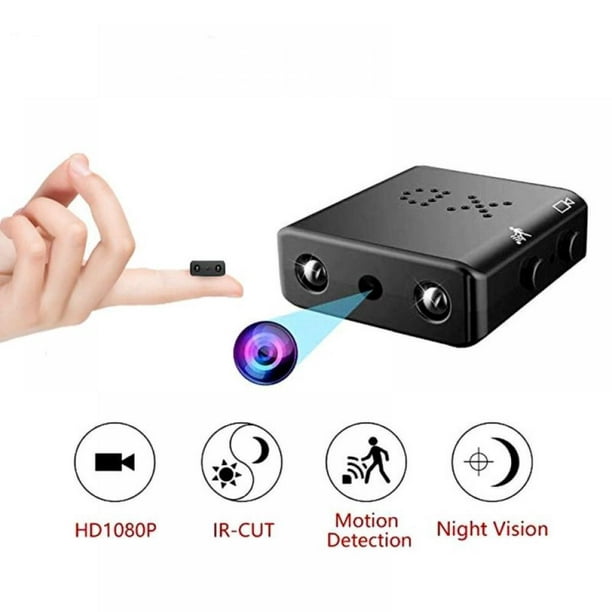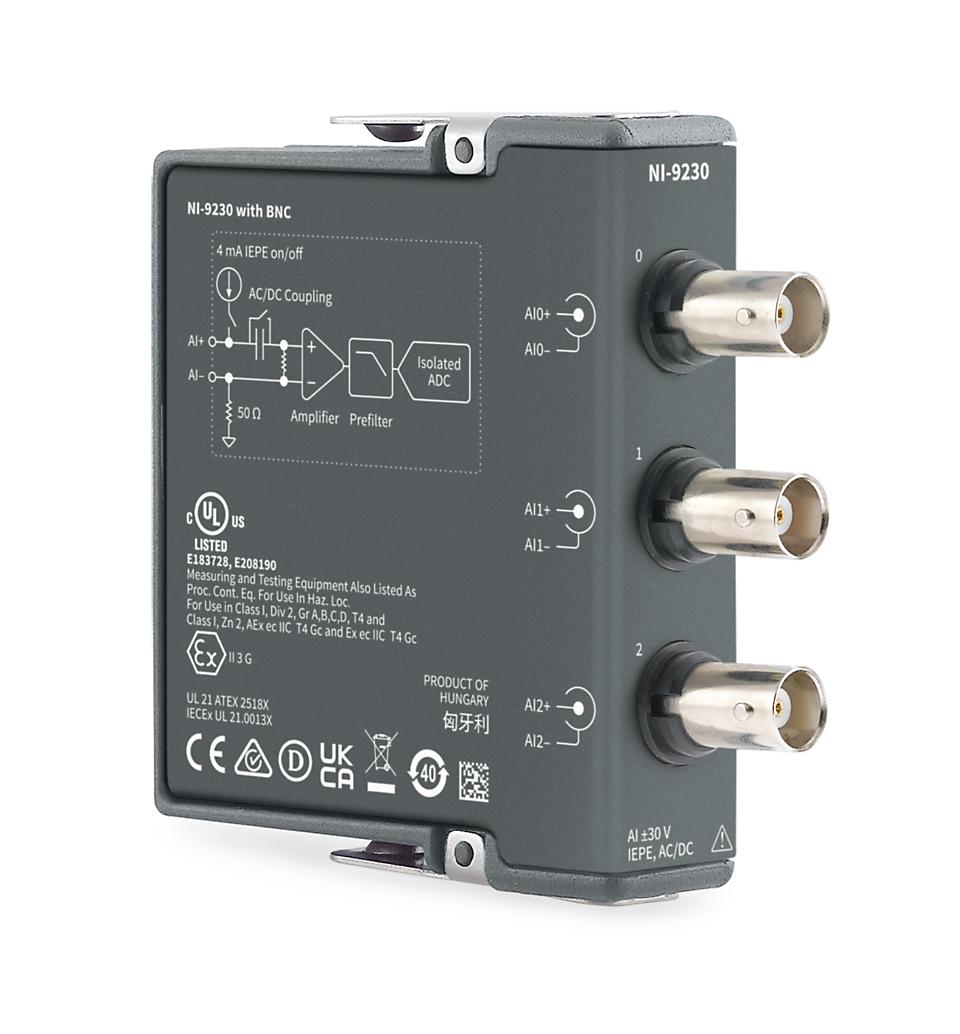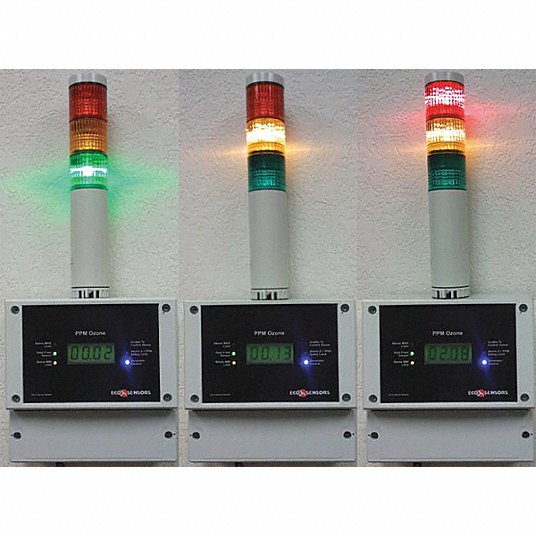Robot sensor are necessary for a robot to react to an environment and take that data in decision making towards a goal.
There are many types of sensors for various applications and it is important to understand each.
Temperature
Tiny temperature ICs provide a voltage difference for a change in temperature.
A good example of this is a mars rover. If it detects a decrease temperature change it could decrease wheel speed to prepare for ice.
A robot designed to fight a fire can detect the hottest area of a burning building to most effectively fight the fire.
Temperature sensors cost from $1.80 up to $534.
Example of a $1.80 temperature sensor.
,TO-226_straightlead.jpg)
Example of $534 temperature sensor.

Light
There are two types of light sensors: 1. Photoresistor 2. Photovoltaic
Photoresistors resistance change with light inversely – meaning more light leads to less resistance and less light leads to more resistance.
Photovolaic cells convert solar radiation into electrical energy; a cell that can be used to create a solar robot.
Light sensors cost anywhere from $3 to $250.
Example of a $3:

Example of $250:

A good example of this is a day and night change where the robot may take different actions at night time such as turning on a flashlight to help people it is with to see.
A robot exploring a collapsed house in a disaster zone could use light sensors to help it navigate better through the home or move towards a light source if it is such in a tight space in that house.
Sound
This sensor detects sounds and returns the voltage equivalent to the sound level.
More complex robots can use the same microphone for speech and voice recognition.
Sound sensors generate a very small voltage difference which should be amplified to generate measurable voltage changes.
An example of this could be a robot that studies wildlife that would move closer towards objects that increase the sensor’s sound amplitude.
Sound sensors range from $4.40 to $869.
Example of a $4.40 sound sensor.
Example of an $869 sound sensor.
Chemical
Robots can use sensors to detect chemical properties.
ph sensors can detect the acidity or alkalinity of the environment; a function that is useful to test rivers or soil.
Also, gas sensors can test for carbon monoxide which is poisonous to humans.
Chemical sensors range from $32.47 to $651.
Example of $32.47 chemical sensor
Example of $1885.54 chemical sensor
Force
Force measures the pressure required to apply to a task like pickup or assemble items so that the part doesn’t drop from the grip but not so much pressure that the robot crushes the part. Other robots use vibration or shock sensors to balance and stabilize itself.
The force sensor range $0.50 to
Example of a $0.50 force sensor.

Example of a $1,700 force sensor
Contact
This sensor requires physical contact against other objects to trigger it.
Capacitive touch sensors are used for human touch with screens such as iPhones or Android phones.
Push button switch, limit switches, or tactile bumpers that can be used for obstacle avoidance.
When the switch is hit the robot will take an action such as reversing, stopping, or turning.
Contact sensors are easy to implement but the downside is that for the robot to make a decision it has to hit the object where as a proximity sensor may be more appropriate.
Contact sensors are between $3.50 to
Example of a $3.50 contact sensor
Example of a $360.80 contact sensors.
Proximity Sensor
This sensor detects the distance of nearby objects without physical contact.
A proximity sensor transmits electromagnetic radiation or field and the receiver receives then analyzes the return signal for interruptions.
There were a few types of these sensors:
- Infrared (IR) Sensor – IR light is beamed out to find an obstacle then the light is reflected back with the IR receiver. Some can be distance measurement.
- Ultrasonic – generate high frequency waves and receives an echo of the object interruption. Also can be used for distance.
- Protoresistor – it is a light sensor for for detecting proximity. As the object comes closer the amount of light changes which in turn changes the resistance; a change that is detected and processed.
Proximity sensors range from $3.53 to $207.58
Example of a $3.53 proximity sensor.
Example of a $207.58 proximity sensor
Identification
Cameras can be used to capture objects and use software to match them to known objects through deep learning or matching to an outline.
Cameras range from $13.47 to $8,379.99+
Example of $13.47 camera

Example of $8,379.99 camera.




One thought on “Robot Sensors”